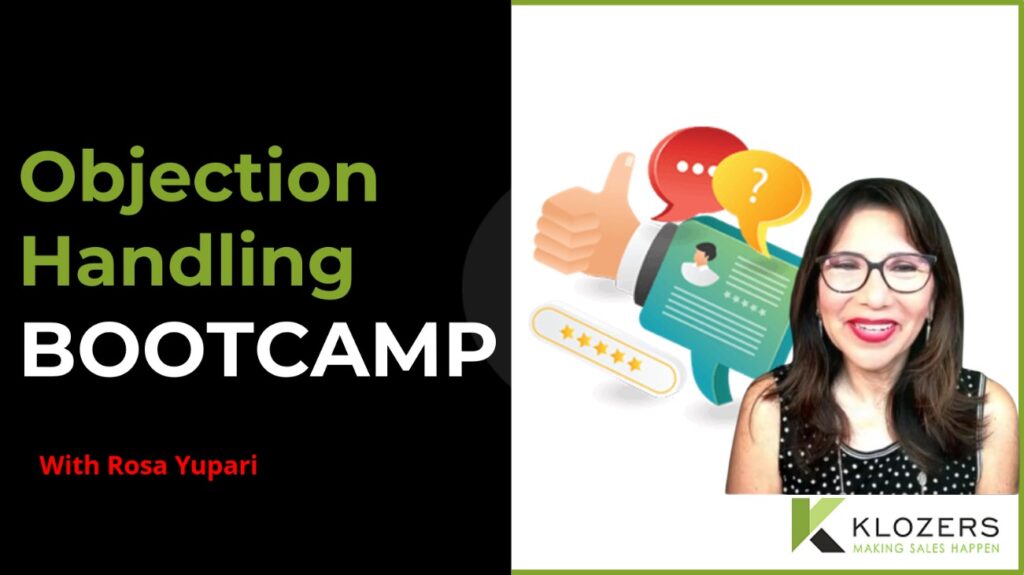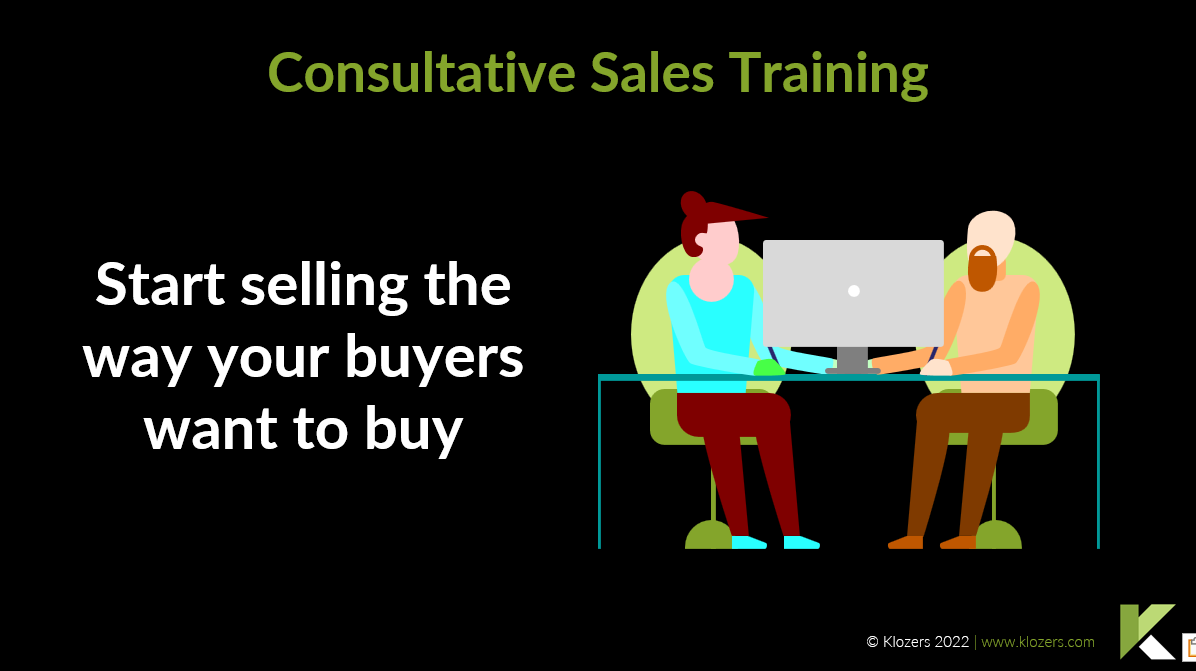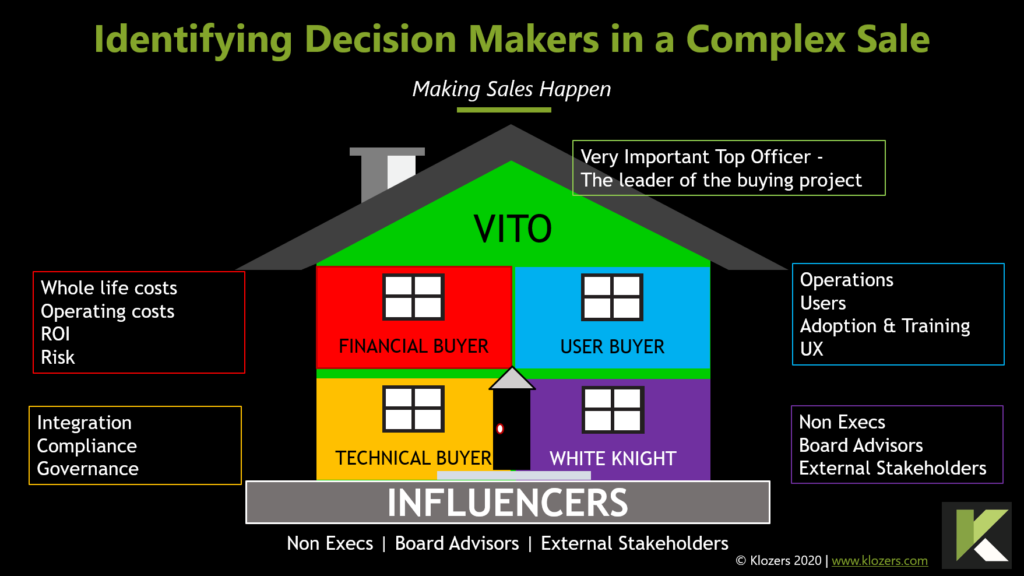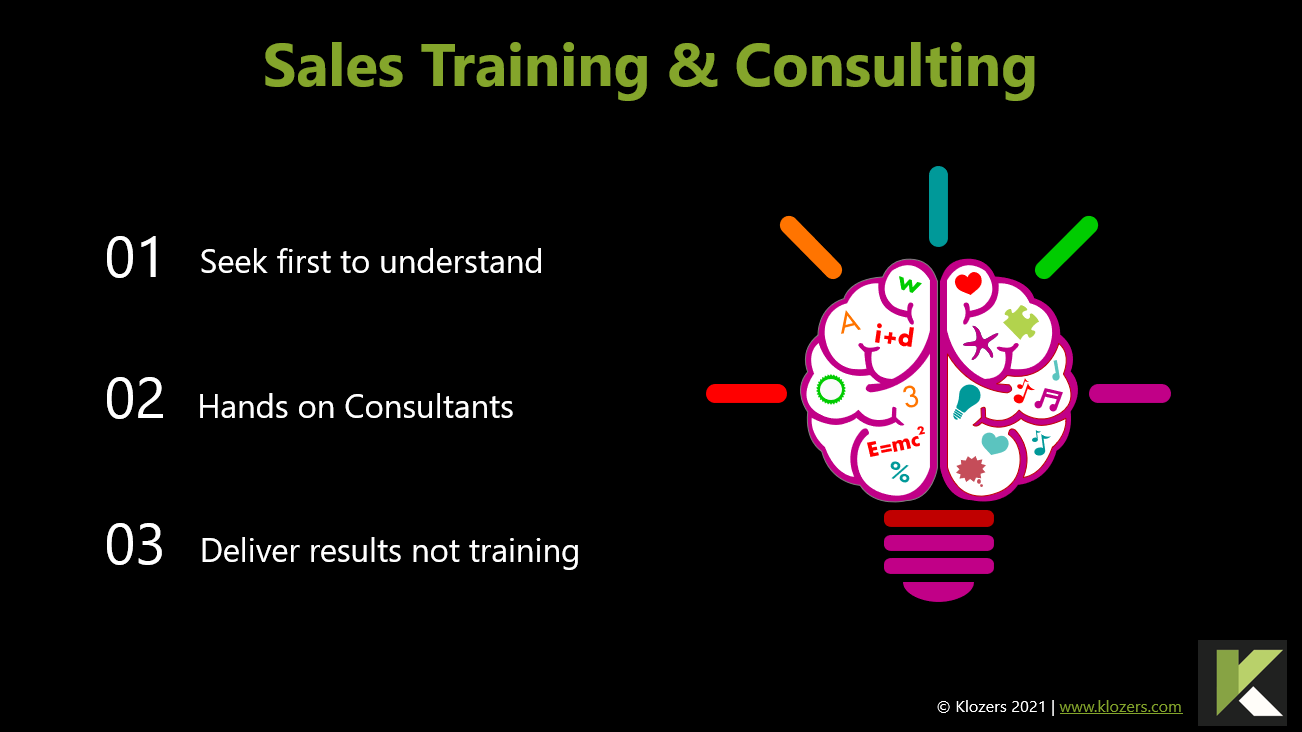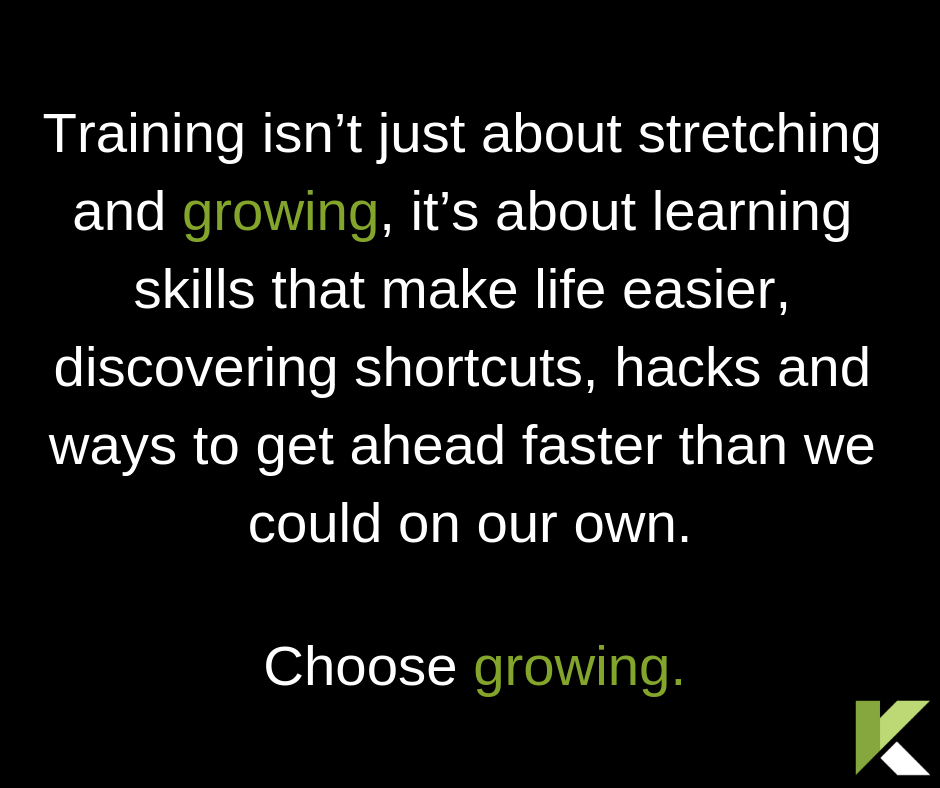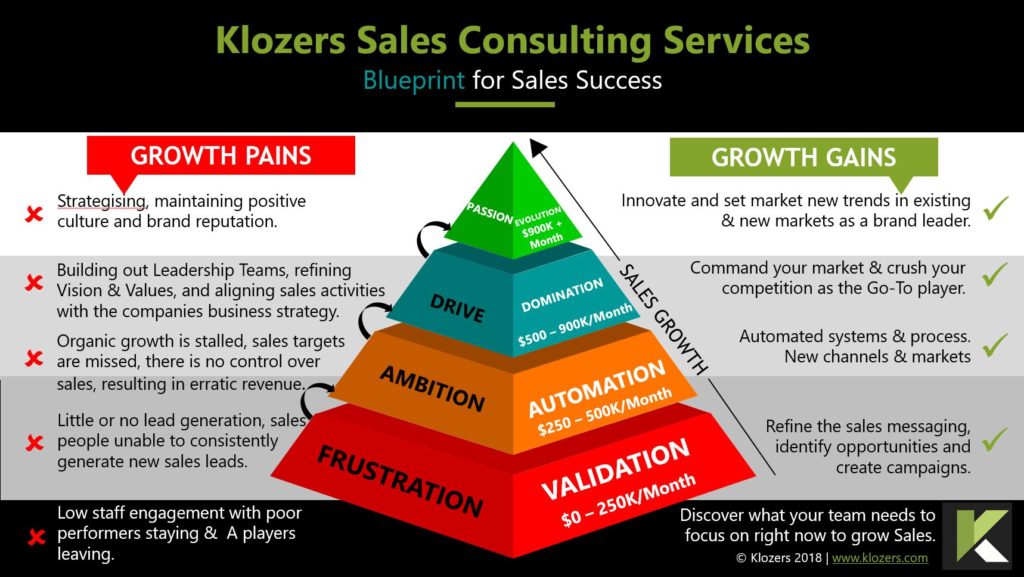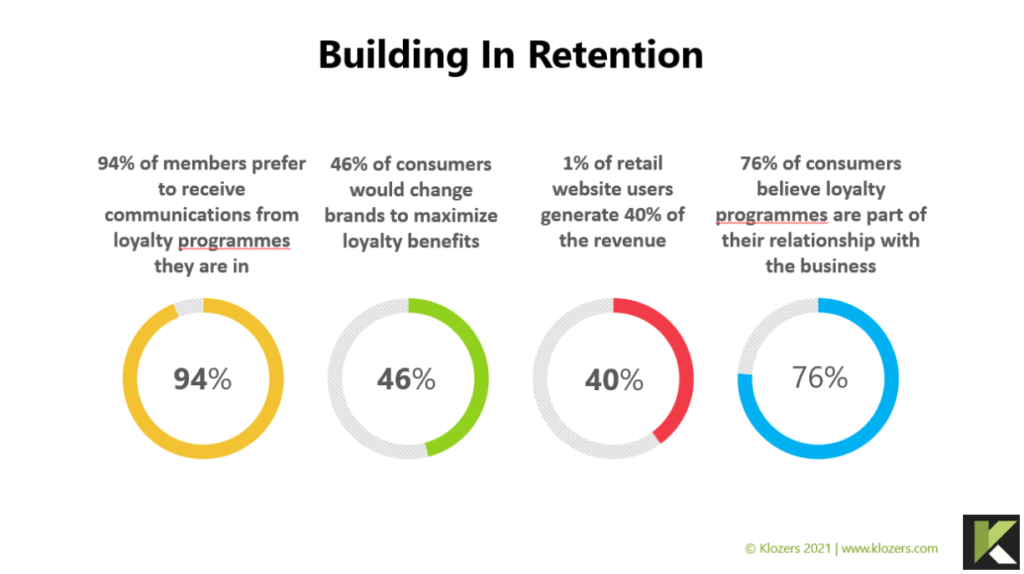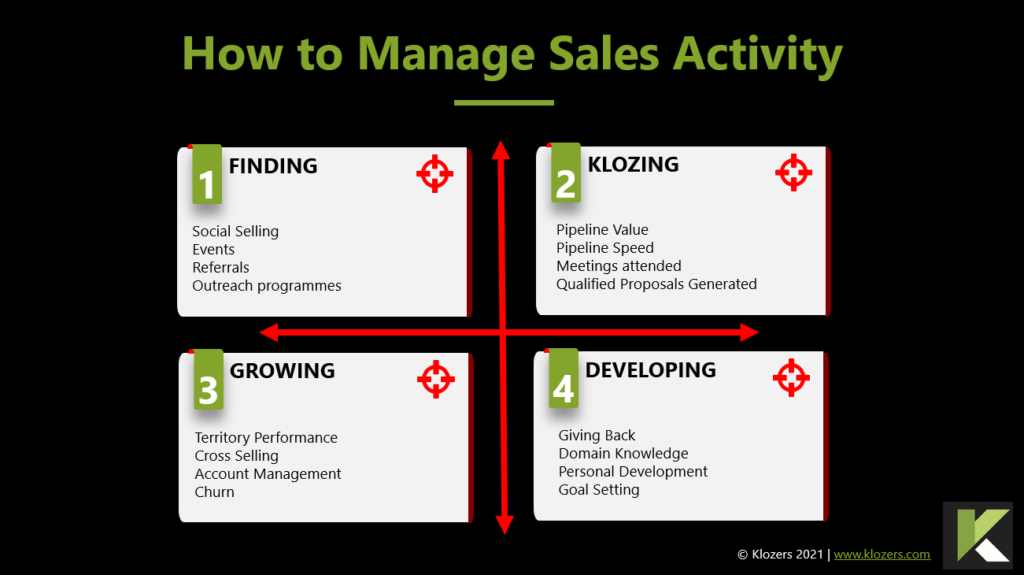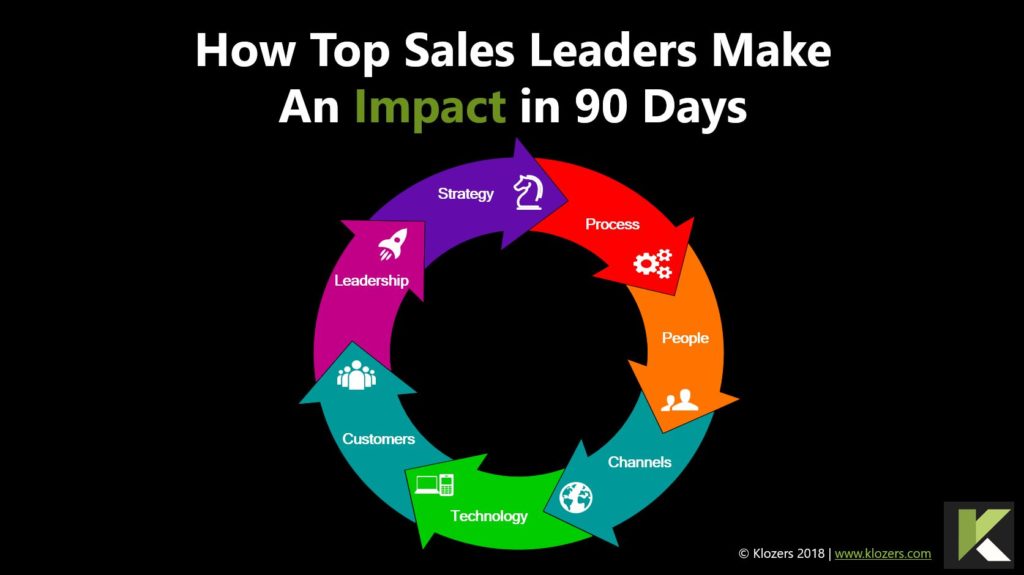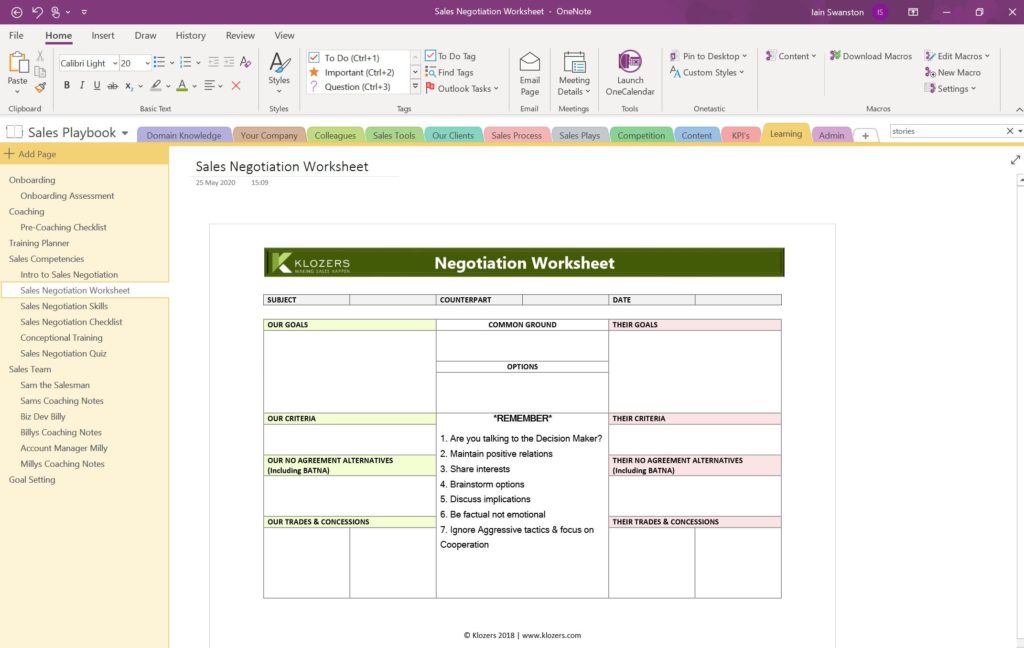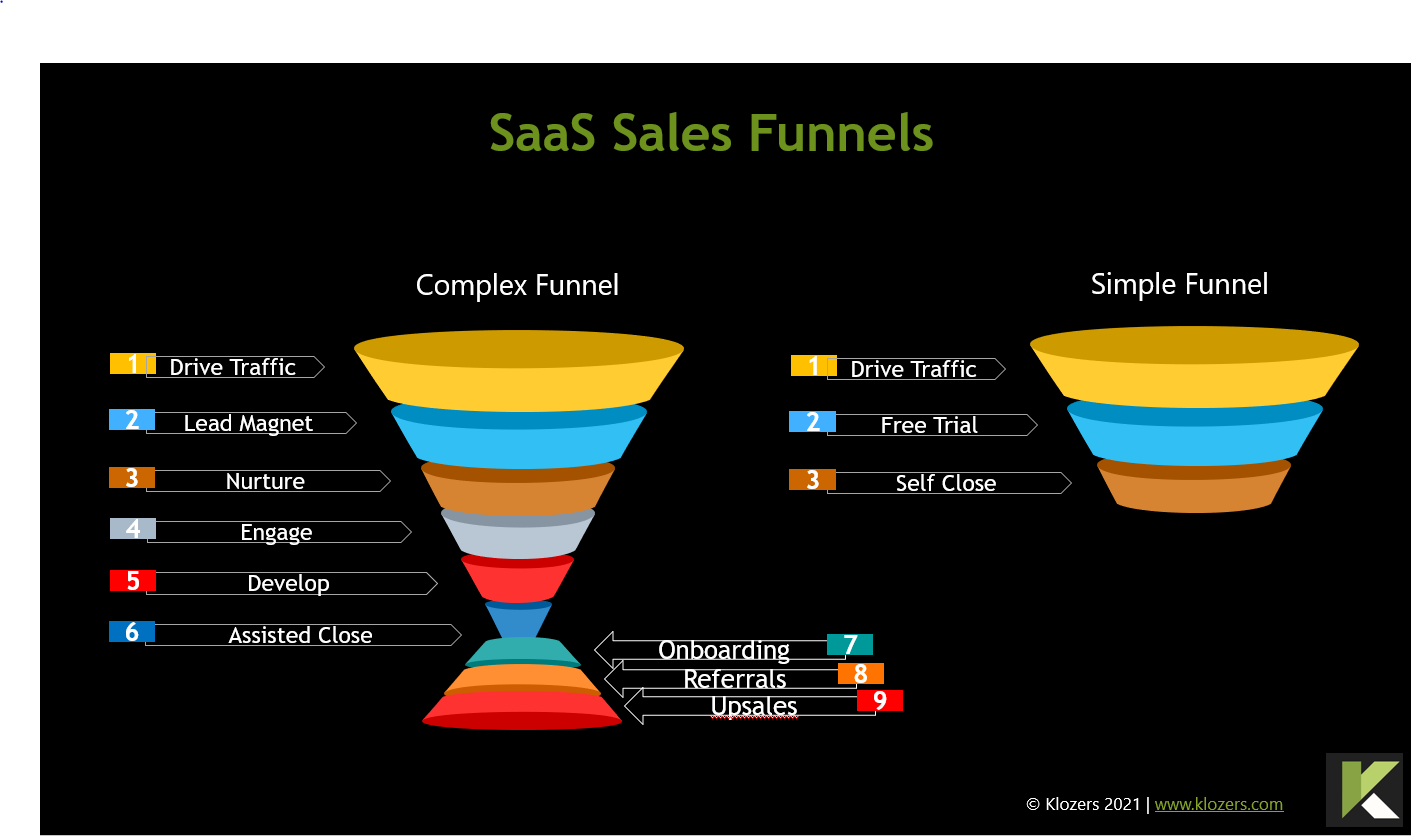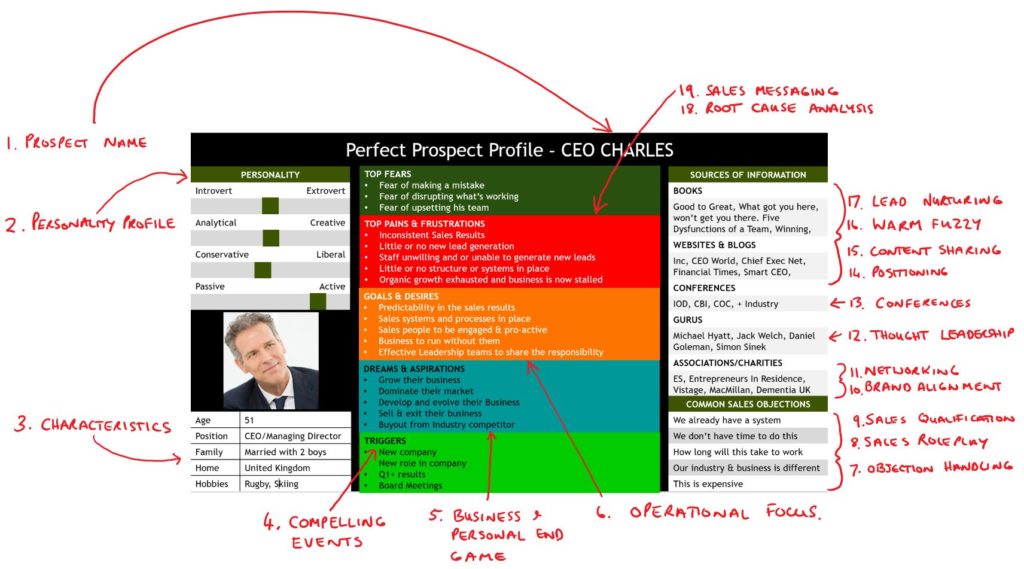Objection Handling - Top Question from Google
What is Objection Handling?
Objection handling is a critical part of the sales process. It involves a salesperson’s response to objections raised by the buyer. These objections can arise at any stage, from initial prospecting to closing the deal. The goal is to alleviate the buyer’s concerns, build rapport, and ultimately move the deal forward.
Objection Handling Playbook
Empower your Sales Team to turn Objections into Opportunities
Proven Response Frameworks
The Psychology Behind Objections
Battle-Tested Scripts
Advanced Strategies
COMPLETE WITH FREE VIDEO TUTORIAL
In this article we will cover...
1. Understanding and Anticipating Objections
Objections are a natural part of the sales process. They are simply a prospect’s way of expressing their concerns or doubts about your product or service. While objections can be frustrating, they are also an opportunity to build rapport with your prospect and address their needs.
There are two main types of objections:
- Genuine objections: These are valid concerns that your prospect has about your product or service. For example, your prospect may be concerned about the price, the features, or the benefits.
- Spurious objections: These are objections that your prospect is using to stall or avoid making a decision. For example, your prospect may say that they need more time to think about it or that they want to talk to their boss.
It is important to be able to distinguish between genuine and spurious objections. Genuine objections can be overcome by providing more information or by addressing the prospect’s concerns directly. Spurious objections can often be overcome by simply asking for the sale.
2. Mastering Objection Handling Techniques
Here are some tips to help you master objections from your prospects:
- Do your research. Before you meet with a prospect, be sure to do your research and learn as much as you can about their business and their needs. This will help you to anticipate their objections and to develop effective responses.
- Pro-actively raise objections. Whilst this can seem counter-intuitive raising the most common objections in advance compels the prospect to discuss them. Alternately, they may be thinking them but not want to raise them with you.
- Listen carefully. When a prospect raises an objection, listen carefully to what they are saying. Try to understand the root cause of their objection.
- Acknowledge the objection. Let the prospect know that you have heard their objection and that you understand their concerns.
- Ask questions. Ask the prospect questions to help you better understand their objection. This will also help you to develop a more effective response.
- Address the objection directly. Once you understand the objection, address it directly and honestly. Do not try to ignore it or to brush it aside.
- Use positive language. When responding to objections, use positive language and focus on the benefits and value that your product or service delivers.
- Be confident. Be confident in your product or service and in your ability to address the prospect’s concerns.
- Be prepared to negotiate. Be prepared to negotiate with the prospect in order to overcome their objections.
- Follow up. After you have addressed the objection, follow up with the prospect to see if they have any other questions or concerns.
By following these tips, you can learn to understand and anticipate objections, and you can use them as an opportunity to build rapport with your prospects and close more deals.
Practical Strategies to Overcome Objections
3. Advanced Objection Handling Strategies
Most buyers are turned off by glib one line responses to their objections. We developed a more consultative approach to handling stalls and objections that focuses on creating a conversation with prospects.
We created the CARES method to make it easy to adopt and remember. It’s really flexible and is a vital part of our consultative sales training.
Clarify: Begin by seeking clarification of the objection. Make sure you understand precisely what the prospect is concerned about.
Acknowledge: Show empathy and acknowledge the prospect’s objection. Let them know you appreciate their honesty and understand their perspective.
Respond: Provide a well-thought-out response that addresses their objection. Offer data, examples, or case studies to support your response.
Educate: Share relevant information or insights that can help the prospect see the value in your solution. Educate them on how your product or service can overcome their objection.
Suggest: Offer a specific solution or suggestion that aligns with their needs. Propose a way forward that benefits both parties.
The CARES Method emphasizes empathy and education, helping you handle objections while building trust and providing value to the prospect.
Here’s the CARES method in action for the most common objection, “Your too expensive“:
Clarify: Seek clarification. Ask questions to understand precisely what aspect of the solution they find expensive. Is it the upfront cost, ongoing fees, or something else?
Acknowledge: Show empathy. Let them know you appreciate their honesty and understand their perspective. For example: “I understand that budget is a concern for you.”
Respond: Provide a well-thought-out response. Highlight the value your solution brings. Share data, case studies, or examples that demonstrate a positive return on investment (ROI).
Educate: Share insights. Explain how your product/service can address their pain points effectively. Educate them on long-term benefits and cost savings.
Suggest: Offer a specific solution. Propose a customized package or payment plan that aligns with their needs. Emphasize the value they’ll receive.
Remember, the goal is to create a conversation, build trust, and provide value.
4. Top 7 Most Common Objections and How to Respond
4.1 Too Expensive
Here are three different ways to respond to the common B2B sales objection: “It’s too expensive.”
- Recommended Response: “Allow a few seconds of silence. Being silent might not seem like a great sales strategy, but the world’s best salespeople and negotiators know that it’s indispensable. Take a breath and give your prospect 3–5 seconds of silence. You might be surprised by the information you get without saying anything. Once the silence has passed, move on to other tactics.”
- Recommended Response: “I know there’s an initial investment, and that can seem daunting. But let’s talk long-term. Let me show you how much revenue you will actually gain over the next year by using our product.”
- Recommended Response: “Focus on value: Remind them of the pain their problem is causing and how much value you create by solving it. Testimonials, case studies, or other social proof can help reinforce this.”
4.2 We Don’t Have a Budget
Here are three different ways to respond to the common B2B sales objection: “We don’t have a budget.”
- Recommended Response: “Establish the cost of their challenges. Before you determine their budget, you first need to establish the value of your solution – and that begins with learning the cost of your prospects’ challenges.”
- Additional Tip: Roll with the punches and don’t give up. If all else fails, give a budget range.
- Recommended Response: “Don’t give up after the initial ‘No Budget’ response. Maintain regular contact, providing additional information, case studies, or updates on how your product or service can benefit their business. Persistence will pay off because often, the client’s circumstances change.”
- Recommended Response: “And who were you doing business with prior to them? And when was the last time you did a comparison with another provider? Well then, it’s a good idea to at least get another opinion/quote of services just so you know that you’re not only still getting the best deal and service, but also so you’ll know who to reach out to should you need additional help. Could I at least do a no-cost/no-obligation comparison quote for you?”
4.3 We’re Happy with our Current Provider
Here are three different ways to respond to the common B2B sales objection: “We’re happy with our current provider.”
- Recommended Response: “How long has that been? And has it been that long since you’ve compared prices and services with another provider? You know, a lot has changed in that time; it sounds like this would be a good time to at least get another opinion/quote of services just so you know that you’re not only still getting the best deal and service, but also so you’ll know who to reach out to should you need additional help. Could I at least do a no-cost/no-obligation comparison quote for you?”
- Recommended Response: “I appreciate you have a good relationship with your current provider. However, have you taken the time to benchmark their services with another provider?”
- Recommended Response: “And who were you doing business with prior to them? And when was the last time you did a comparison with another provider? Well then, it’s a good idea to at least get another opinion/quote of services just so you know that you’re not only still getting the best deal and service, but also so you’ll know who to reach out to should you need additional help. Could I at least do a no-cost/no-obligation comparison quote for you?”
4.4 I need to talk to my boss
Here are three alternative ways to respond to the objection “I need to talk to my boss” from other B2B sales websites:
Mr. Inside Sales recommends: “No problem, and are you going to recommend this to them?” If the prospect answers affirmatively, you can say, “Great! Then I’ll hold on while you check with them…” or “Great! And as you mentioned earlier, they do usually go with your recommendation, right?”1
FasterCapital suggests: “To overcome this objection, you need to create a sense of urgency and show them how your product can offer them more value, better results, or a competitive edge.”2
Selling Signals advises: “To overcome this objection, tell the lead you understand they can’t talk right now, and then ask for a different time frame when they might be more available. This takes care of the timing issue. To also attend to any priority problems, consider hinting at your value proposition so they know why they should make time for you.”3
4.5 We don’t have time right now
Here are three alternative ways to respond to the objection “We don’t have time right now” from other B2B sales websites:
ActiveCampaign suggests: “To overcome the time objection, simply set up a “five-minute exploratory call” as soon as possible. Use this time to find out if they are a legitimate lead and are a qualified customer. If both of these conditions are not met, it may be better to part ways. If they are, while you are on the call, uncover why your prospect wants to wait.” 1
Selling Signals recommends: “To overcome this objection, tell the lead you understand they can’t talk right now, and then ask for a different time frame when they might be more available. This takes care of the timing issue. To also attend to any priority problems, consider hinting at your value proposition so they know why they should make time for you.” 2
Growbo advises: “According to Demand Gen, 56% of B2B buyers are concerned about how long it takes them to deploy your product and its ease of use. So if you’re met with a “we don’t have time” sales objection, then it probably means your prospect finds your offer a little convoluted. Perhaps you need to try to explain it again in simpler terms.” 3
4.6 We’re already working with a competitor
Certainly! Here are three alternative ways to respond to the objection “We’re already working with a competitor” from other B2B sales websites:
- HubSpot suggests: “That’s good to hear – [competitor] is a great company. In fact, we share a lot of mutual customers. Companies that use both of our offerings often find that our product makes accomplishing [X goal] much easier, since it has [unique benefit #1] and [unique benefit #2].” This response lets you differentiate your product from the competition without slinging mud. Plus, it opens the door for another conversation down the line. Once you’ve won the prospect’s trust, you can start talking about a switch if that’s in the buyer’s best interest1
- Procore recommends: “At this point, I’m not asking you to rip anything out. I’d just like the opportunity to show you how we’re different and how we’ve provided additional value to our customers. I can present some use cases of other companies like yours who work with us and with Competitor X. When is a good time to schedule a follow-up call?” This response will give you the opportunity to prove what your product does differently and ultimately show the prospect why they need it2
- Business By Phone advises: “Got it. Can I ask what type of evaluation process you go through to be sure you’re getting the best service available?” You need to plant doubt in the prospect’s mind before they’ll ever consider changing vendors. They probably haven’t thought about their decision to use the competition since they signed the contract – this question will have them wondering whether it’s still the right choice3
4.7 I need to think it over
Here are three additional ways to respond to the objection “I need to think it over”:
SalesHacker suggests: “When you hear this objection, it’s important to understand what’s really going on. Ask questions to uncover the real reason behind their hesitation. For example, you could say, ‘I appreciate that. Can you help me understand what specifically you need to think about?’”
Close recommends: “Acknowledge their need to think it over, but also create urgency. You can say, ‘I completely understand. While you’re thinking it over, let’s schedule a follow-up call for next week. That way, we can address any additional questions or concerns you might have.’”
SalesScripter advises: “When you hear this objection, respond with, ‘I appreciate that. What specifically would you like to think about? Is there something specific that’s causing hesitation?’” This approach helps you uncover the underlying concerns and address them directly.
4.8 We’re not interested
Here are three alternative ways to respond to the objection “We’re not interested”:
Mr. Inside Sales suggests: “That’s fine, and many people I speak with tell me the same thing as well. And as they learn more about this and see what this can really do for them, they were glad they took a few minutes to listen. One thing that would be a good fit for you is…” (Continue on with your pitch, briefly, and then ask a qualifying question like, “Do you see how that would work for you?”) 1
5 Percent Institute recommends: “Politely let them know that’s completely OK.” Sometimes prospects say they’re not interested because they feel you’re going to pitch them or they don’t perceive immediate value. Acknowledge their response and maintain a courteous tone2
SalesScripter advises: “Instead of trying to resolve or overcome the sales objection, try to focus on just keeping the conversation going. When they say, ‘I am not interested,’ they are trying to end the conversation. Don’t try to make them interested, just try to keep the conversation from ending.” 3
4.9 I’m locked into a contract
Here are three ways to respond to the objection “I’m locked into a contract” from other B2B sales websites:
- ActiveCampaign suggests: “This objection usually means your prospect has their hands tied. This is an excellent opportunity to empathize with them and position your company as a better alternative to your competitor. Be direct in asking them about the contract terms while analyzing their relationship with their vendor.” 1
- UpLead recommends: “Your customer may be reluctant to switch to a different provider out of loyalty or due to the hassle associated with transitioning. To counter this objection, you should fully understand the customer’s situation and explain why your product is still worth the switch.” 2
- HubSpot advises: “Figure out if your prospect truly has an existing vendor relationship or is simply not interested. Keep them engaged in the conversation long enough to show them the value of working with you (even if they’ve already purchased a competing solution).” 3
5. Overcome Objections, Close More Deals: The Ultimate Objection Handling Playbook
Tired of objections derailing your sales conversations? Frustrated with prospects who seem resistant to your value proposition? It’s time to equip your sales team with the tools they need to transform objections into closed deals: The Ultimate Objection Handling Playbook.
This comprehensive, action-oriented playbook is designed to empower your team with proven strategies and tactics to tackle any objection head-on. Inside, you’ll discover:
- The Psychology Behind Objections: Understand the root causes of common objections and why they arise.
- Proven Response Frameworks: Master proven frameworks like LAER and Feel-Felt-Found to address objections strategically.
- Battle-Tested Scripts: Access adaptable scripts and talking points for every objection category, from budget concerns to trust issues.
- Advanced Strategies: Navigate complex objections involving multiple stakeholders and deeply-rooted concerns.
- Industry-Specific Insights: Get tailored responses for the unique objections your prospects face in your industry.
Don’t let objections stand between you and your sales goals. The Ultimate Objection Handling Playbook is your comprehensive guide to turning challenges into triumphs. Empower your team, build confidence, and close more deals with ease.
Invest in Your Sales Success:
Order your copy of the Ultimate Objection Handling Playbook today and witness a transformation in your team’s performance. This is the resource your sales team has been waiting for.
Empower your team, turn objections into opportunities.
Objection Handling Playbook
Empower your Sales Team to turn Objections into Opportunities




